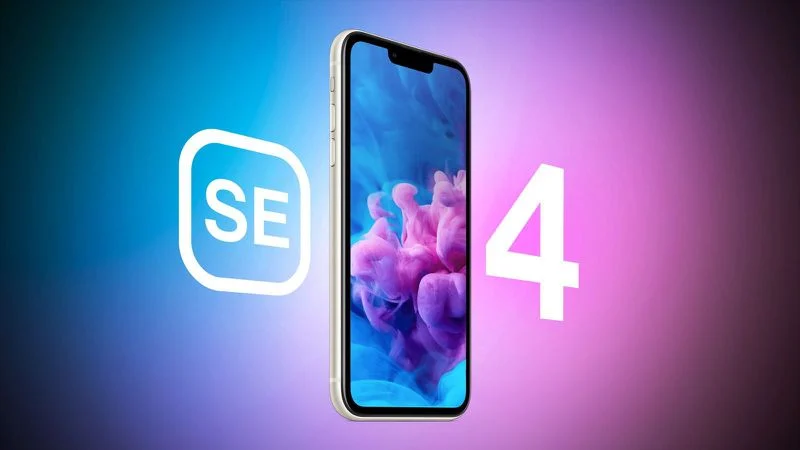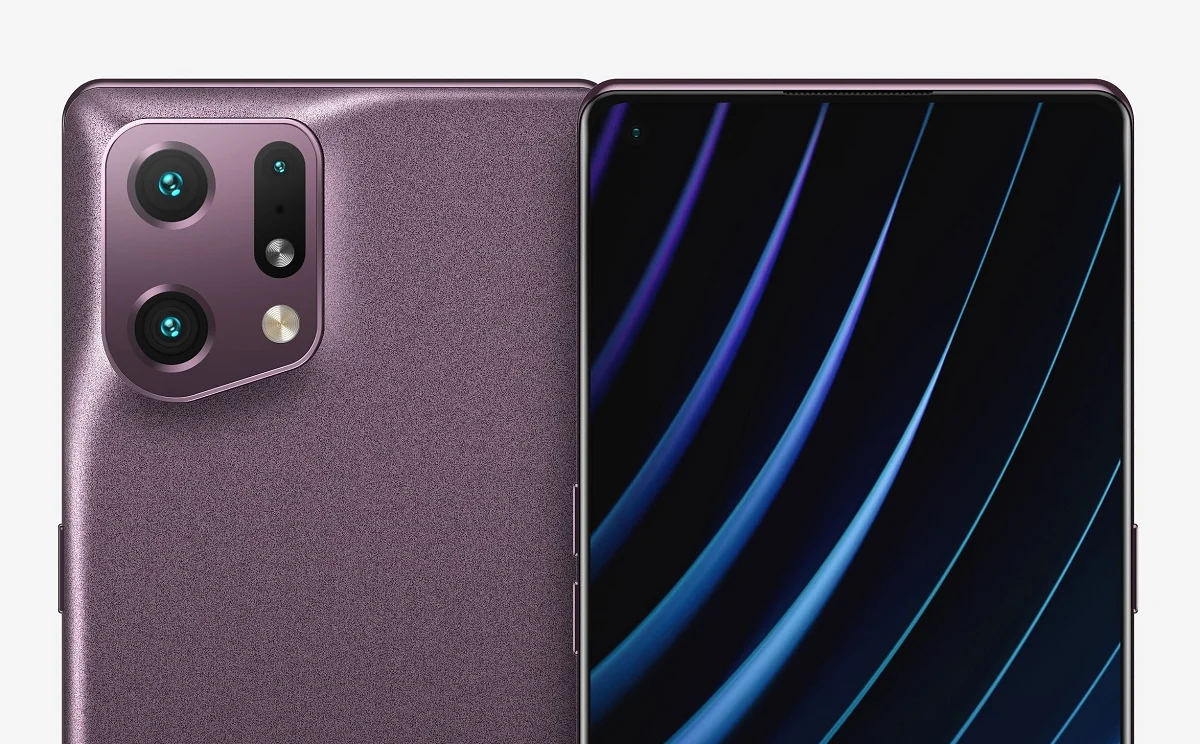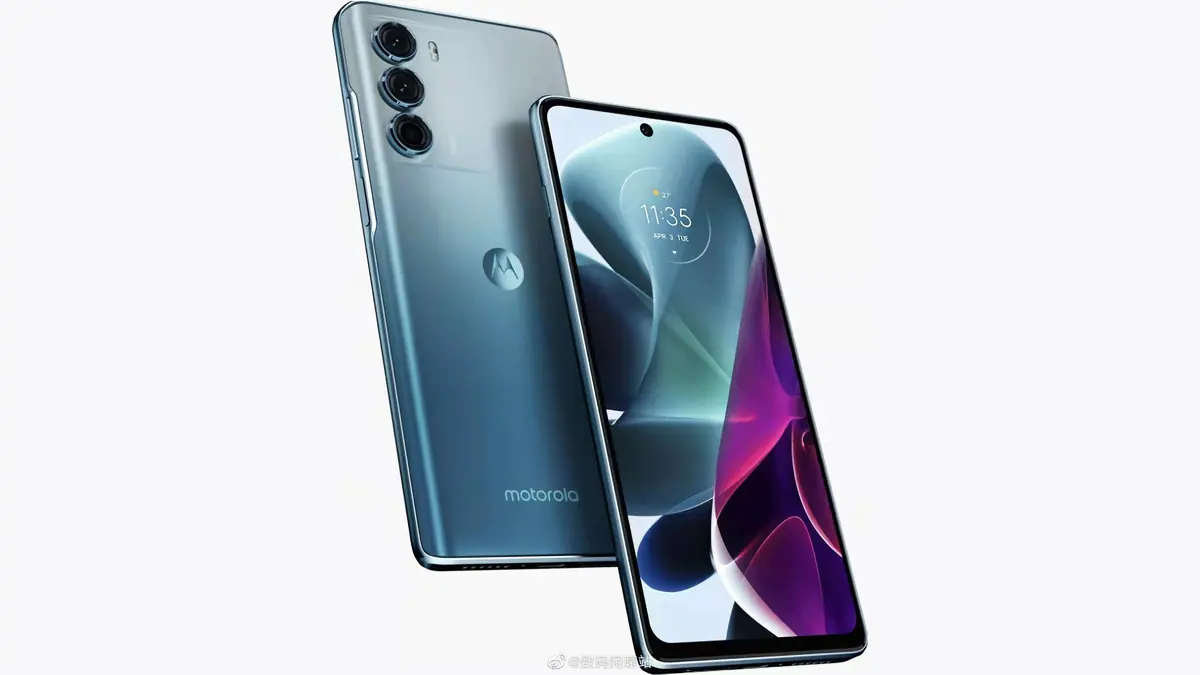As known MacRumors with the fourth generation Apple’s iPhone SE will see significant changes in terms of both design and hardware. The iPhone SE 4, codenamed Ghost in the country, is expected to have a new design based almost entirely on the basic model, the iPhone 14. According to our sources, the iPhone SE 4 will use a modified version of the iPhone 14 chassis and will even support iPhone. 14 benchmarks for internal testing.
As for the case, two big changes are expected: the action button and the USB-C port. The Action button, recently introduced on the iPhone 15 Pro, is a multi-purpose button that replaces the mute button on newer iPhone models. It can be configured to perform various actions depending on the user’s preferences.
The iPhone SE 4 is also set to get a USB-C port to meet future European Union regulations. Our sources have seen numerous references to the E85 connector, which Apple internally calls USB-C. Apart from these two main differences, there are no major changes in the body compared to the “iPhone 14” and it probably will not have the curved edges of the iPhone 15 series.
As for the back of the device, the next iPhone SE will have a single camera with flash in the same position as the third-generation iPhone SE. However, the exact design of the camera bump remains unclear at the time of writing. Apple has developed at least five different camera bump designs with minor differences between them. They are divided into two main categories:
- Camera and flash are combined into a single long camera bump
- Only the camera ring rises from the main surface of the back panel
Preliminary information suggests that the “iPhone SE” 4 could feature a 48-megapixel primary camera, providing a significant upgrade over the current model.
The iPhone SE 4 is also likely to get a new OLED panel, possibly derived from the iPhone 14. The device will not have a Touch ID main button, instead it will have Face ID as a biometric identification tool. Multiple references to “Pearl”, Apple’s internal codename for “Face ID” and related hardware, have been spotted in connection with the fourth-generation iPhone SE.
Apple is also working on its own 5G modem, codenamed “Sinope”, and is using the “iPhone SE” 4 to test the new hardware. Available information suggests that the new modem has been tested on a variant of the iPhone SE 4 and iPhone 15 Pro Max, known as “D84S.” Originally, the new 5G modem was supposed to debut in the iPhone 16 series and be available across the entire range. According to the information we received from our sources, this may not be the case. Additionally, Qualcomm recently issued a press release stating that the company will provide modems for Apple smartphones by 2026.
Previous statements suggested that Apple developed the “iPhone SE” 4 only to test modems and was not intended for mass production or general availability. This theory seems unlikely because it doesn’t take into account the amount of effort that went into the overall design of the device, including multiple iterations of the camera bump and detail changes.
If the iPhone SE 4 was designed solely for testing modems, it probably wouldn’t require a change to the camera design or the addition of an action button. From a pragmatic perspective, it would make more sense to reuse existing parts with only minimal changes, as was done on the D84S.
It is worth noting that the information presented here is preliminary information. The fourth generation iPhone SE is still under development and changes are always possible. As a result, assuming the project reaches this stage, the information may not fully meet the specifications of the final production units.













